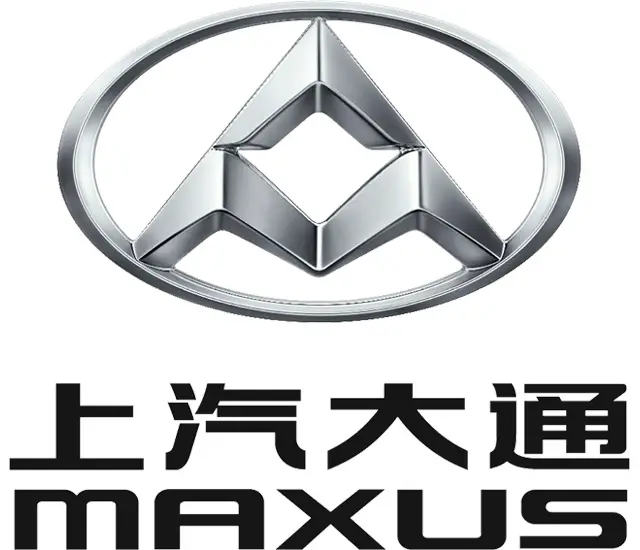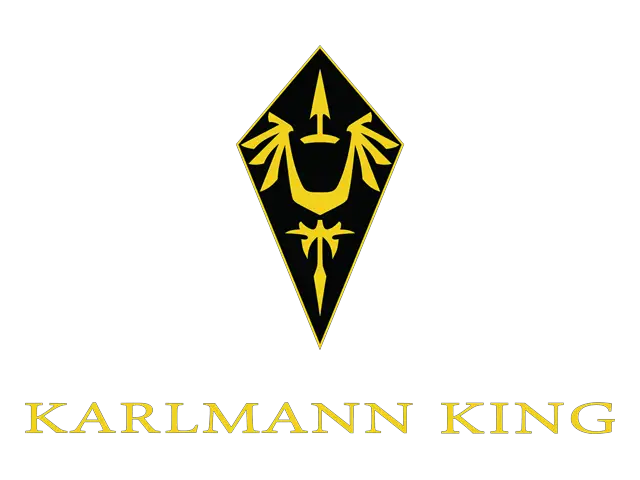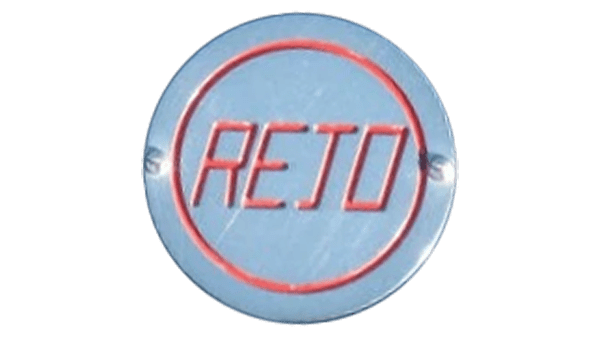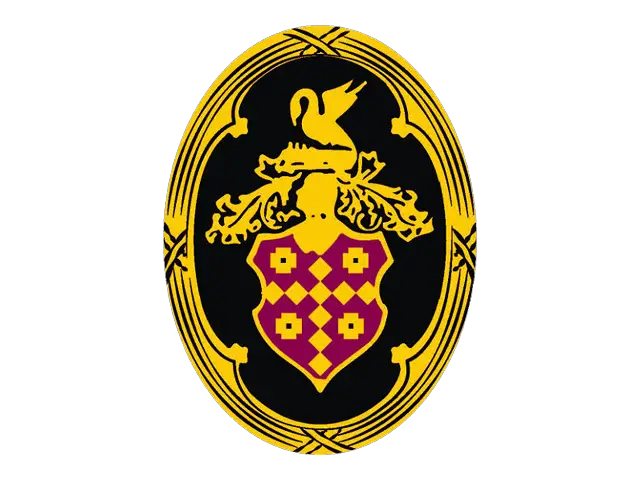iso Logo - History, Design, and Meaning
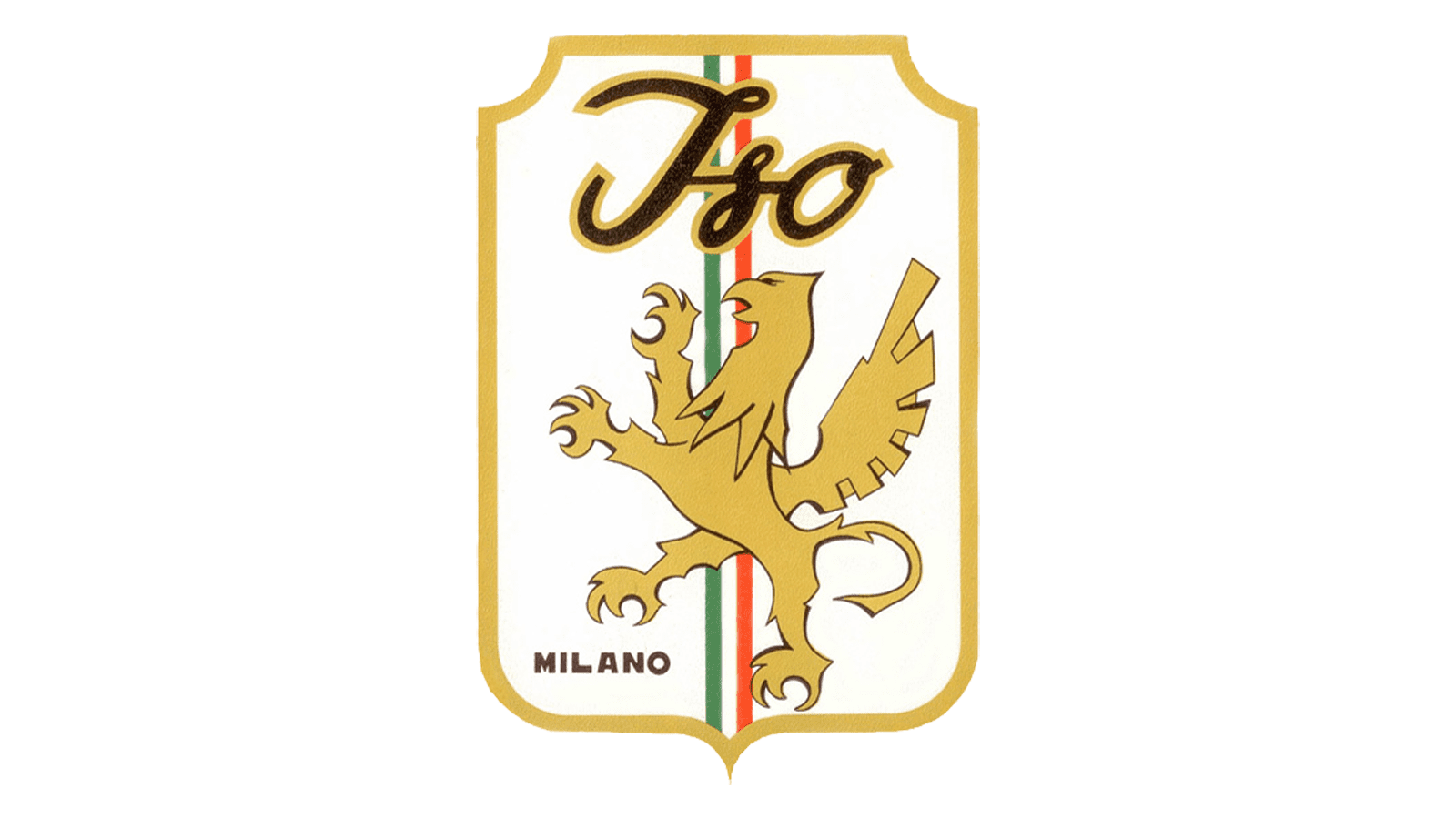
Company Overview
Iso was a prominent Italian company known for producing high-end cars and motorcycles. Founded by Renzo Rivolta, it gained recognition for models such as the Iso Rivolta and Iso Grifo. While the company primarily operated in Italy, it also expanded into other European markets. However, by the early 1970s, Iso faced financial difficulties, leading to the cessation of its automobile production.
Key Information
- Founded: 1953
- Founder(s): Renzo Rivolta
- Headquarters: Bresso, Italy
iso Logo Meaning and History

Founded by Renzo Rivolta in 1953, Iso was an Italian automaker celebrated for creating luxury cars and motorcycles. At its peak, the company introduced iconic models like the Iso Grifo, which became emblematic of Italian elegance and performance. Operating mainly in Italy, Iso broadened its presence across Europe. Unfortunately, by 1974, due to financial challenges, the company halted its automobile production, marking the end of a significant chapter in the Italian automotive industry.
What is Iso?
Iso was an Italian automaker active from 1953 to 1974, renowned for producing luxury cars and motorcycles.

While many automobile brands opt for a shield shape for their logos, this automaker chose a triangular design with rounded sides. The logo featured a three-dimensional golden border that added a touch of luxury. The same golden color was used for the inscriptions and two stars, which flanked a black stripe running diagonally across the shield from the lower left to the upper right corner. The name was printed in a cursive font with an uppercase initial letter. A red line across the top indicated the brand's location, displaying 'Milano' in all uppercase, sans-serif letters.

The updated logo features more character and detail. The shield was reimagined with a more rectangular shape, and a new element—a golden griffin standing on its hind legs—was introduced. Above this impressive mythical creature, the logo displayed the name in a similar cursive font to the original, but in a straight line. The black and golden color of the inscription further connected it to the original emblem. Additionally, the company honored its heritage by incorporating a vertical striped line in the background, showcasing the national colors of Italy. 'Milano' was now printed in a relatively small font in the lower left corner, resulting in a logo that appeared sophisticated and strong.
